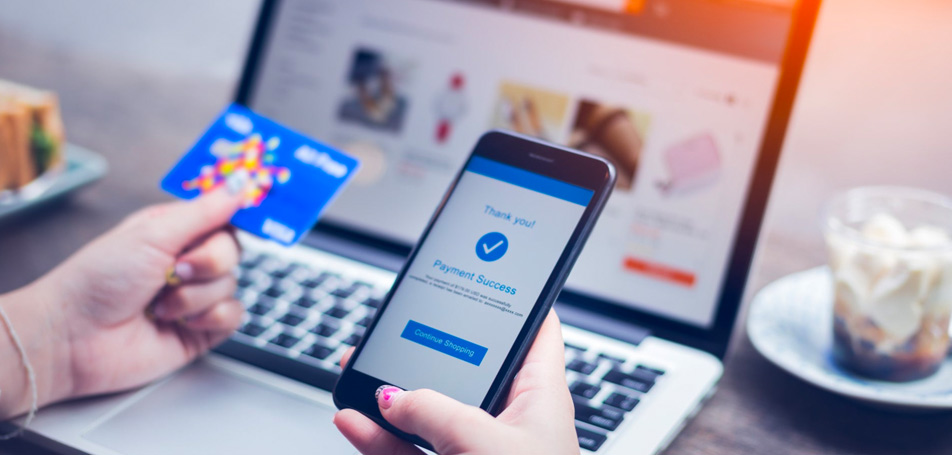
Customer loyalty is one of the defining characteristics of a successful business. Since it can cost 5 times more to attract new customers than nurture existing leads, companies that can increase customer retention by even 5% can potentially increase their profits by over 25%.
If you’re looking for the best ways to assess your own customer retention rates and improve customer loyalty, use these 7 essential metrics for the most valuable insights:
1. Average Order Value (AOV)
AOV is found by dividing your total revenue by the total number of orders. This value can show you how you can improve customer interest in several types of products. For example, if a customer adds a jacket to their cart, perhaps a matching hat or scarf could appear in their product recommendations. Bulk discounts can also encourage shoppers to purchase more items in a single order.
2. Customer Lifetime Value (CLV)
CLV estimates how many purchases a customer will make during the average “lifespan” of the time they need your products. For instance, customers who prefer a specific cell phone brand are likely to choose that company again and again for several years. To calculate CLV, simply take the AOV and multiply it by the purchase frequency.
3. Net Promoter Score (NPS)
NPS is one of the most popular metrics to measure and evaluate customer loyalty. Customers are asked one simple question: “On a scale of 1-10, how likely are you to recommend our product/service to a friend?” After the responses are collected, retailers can take the total number of respondents and predict future consumer behaviors. For example, customers that answered with 9 or 10 are likely to be repeat consumers or advocates.
4. Net Renewal Rate (NRR)
NRR measures the total value of renewed customers/contracts in addition to the profits gained from upselling and cross-selling. To calculate this metric, you’ll have to determine:
- The dollar value of contracts eligible for renewal at the start of the period.
- The total expansion in dollars at the current period.
- The dollar value of renewed contracts within the current time period.
5. Return Visitor Rate
You can easily check the percentage of new vs. returning visitors to your site by using the built-in functions on Google Analytics. Simply navigate to Audience, select Behavior, and click on New vs. Returning. If you want to gauge customer loyalty, this metric is a must!
6. Purchase Frequency
Purchase frequency simply divides the number of orders by the number of unique customers over a 365-day time period. This metric shows you what percentage of customers are coming back to buy from you, and it can give you a good idea of when most people need to re-order. Analyzing this will enable you to create reminder email alerts for refills or reorders, manage your inventory, and deliver better customer service.
7. Revenue Per Visitor (RPV)
RPV actually combines two metrics—conversion rate and average order value—into one single metric. This combination metric displays the revenue that an eCommerce site generates with every visit, and merchants can further analyze the interactions between CR and AOV to make more improvements to their site. RPV essentially shows how well a site is performing overall, and seeing the bigger picture can be the best tactic for tracking a store’s success.















